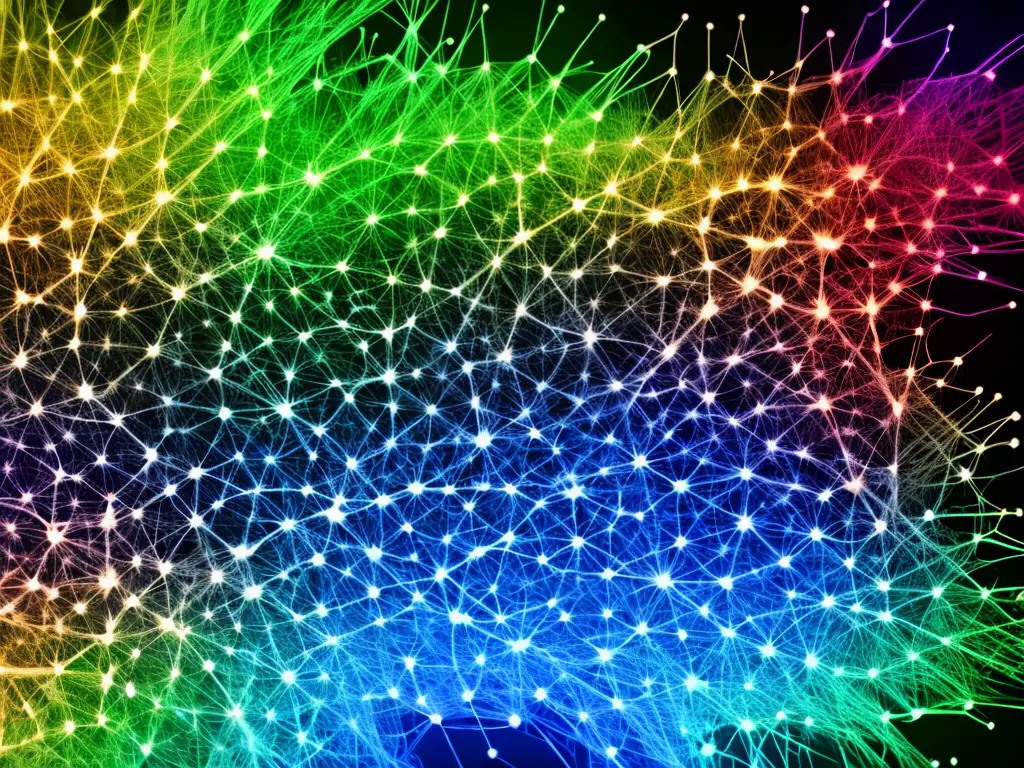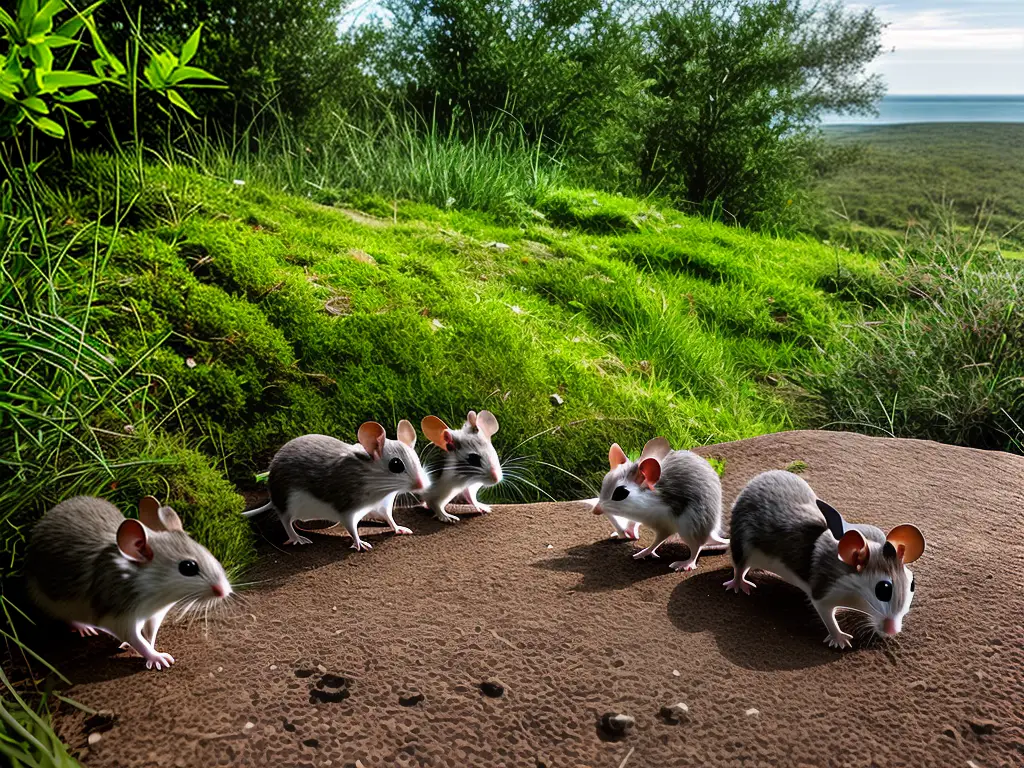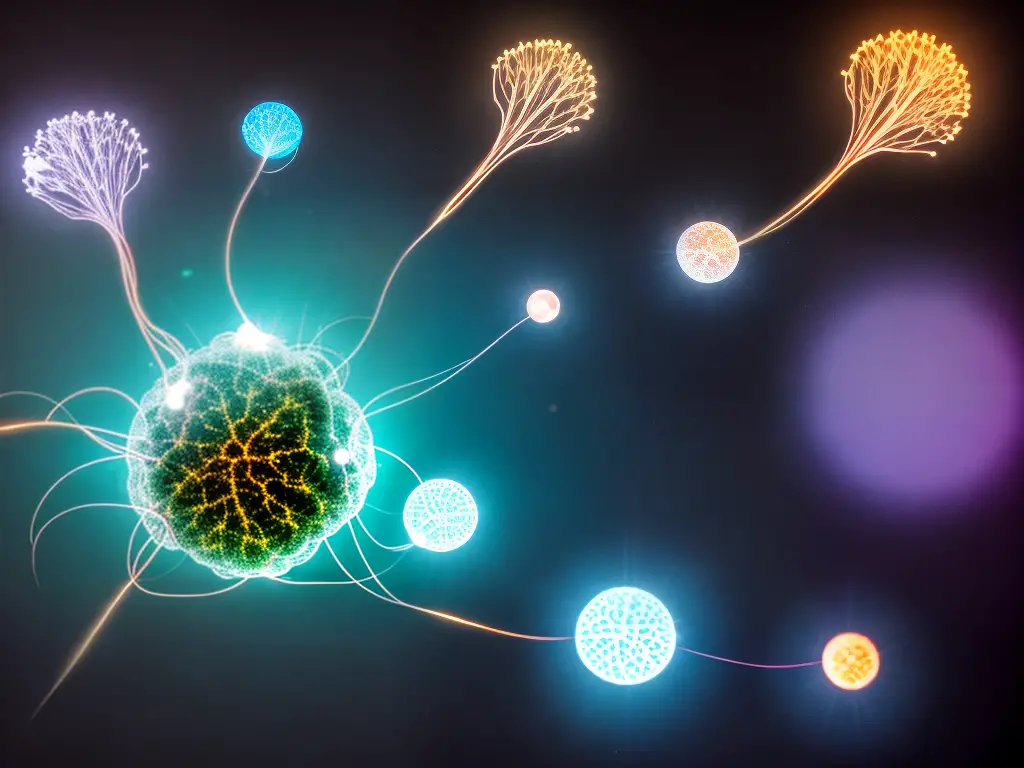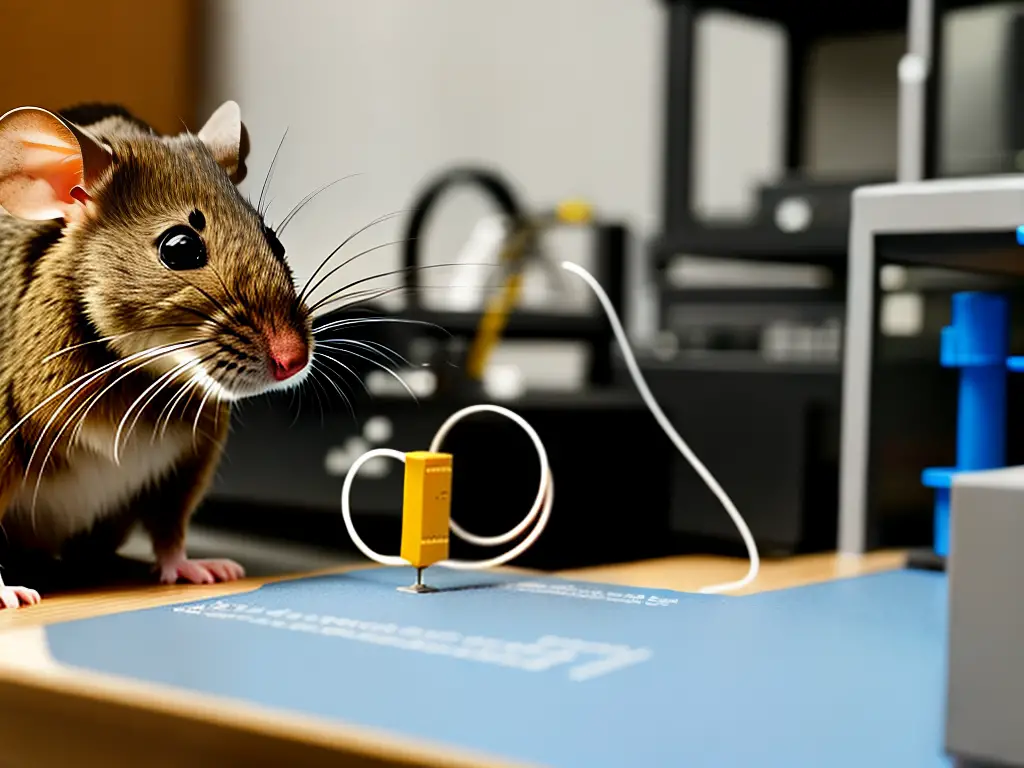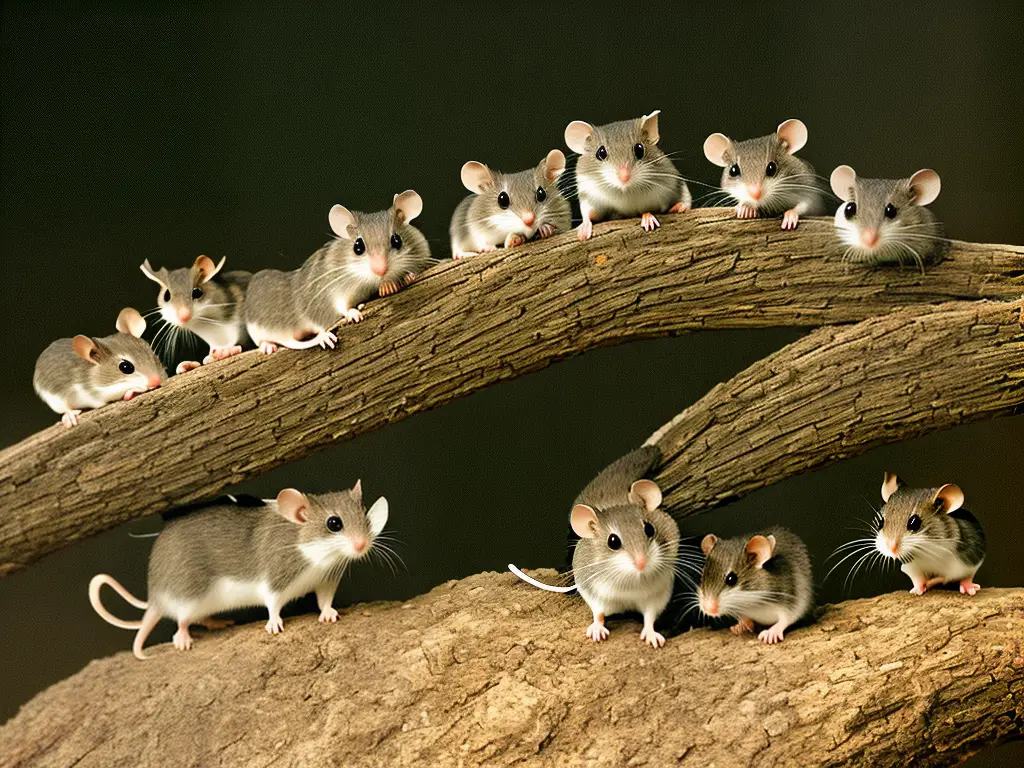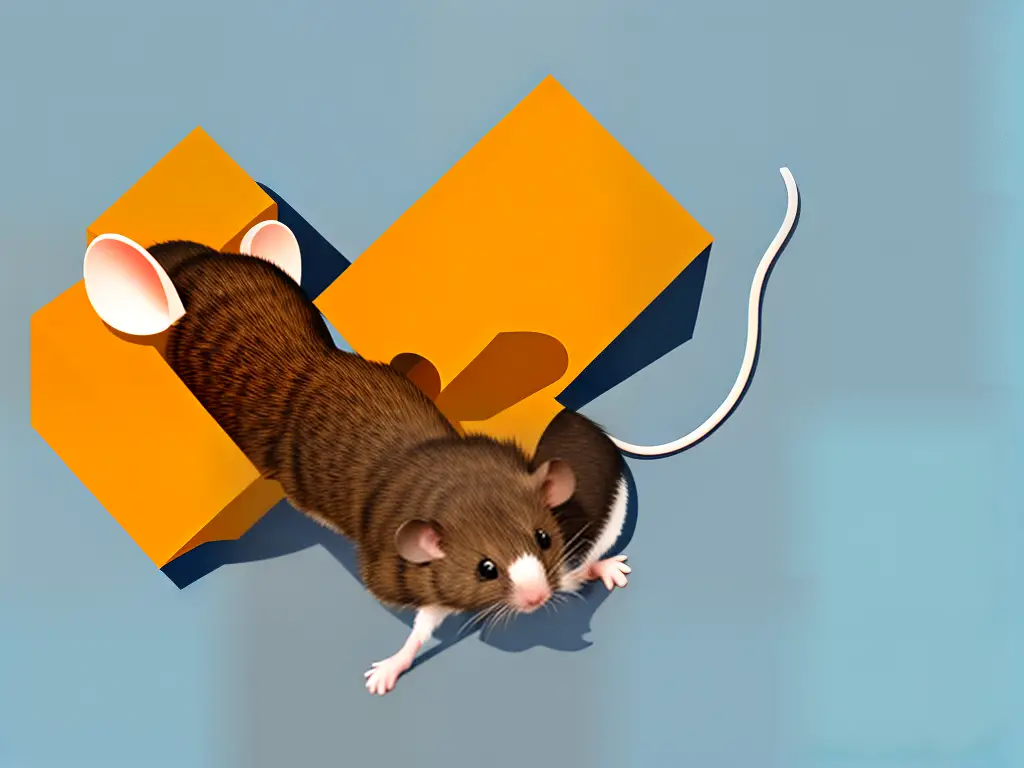Astronomy, the oldest of the natural sciences, has captivated humanity’s curiosity for millennia as we attempt to unravel the mysteries of the cosmos. This fascinating field of study, encompassing the investigation of celestial bodies and their interactions, has come a long way, encompassing historical developments, the solar system, stars, galaxies, cosmology, telescopes and observational techniques, astrobiology, and space missions and exploration. As we embark on this cosmic journey, let us journey through the history of astronomy, explore the vast playground of our planetary neighbors, and marvel at the immensity of the universe that surrounds us.
The Rich History and Advancements in Astronomy
The study of astronomy has a long and rich history, dating back to ancient civilizations who observed and documented the celestial bodies in the sky. Some of the earliest known astronomers were the Babylonians, who kept detailed records of astronomical observations as far back as 1600 BCE. They were particularly skilled in predicting the movements of the planets and the timing of eclipses. In ancient Egypt, astronomy was used for agricultural purposes, as the changing positions of stars in the sky helped them predict the timing of the Nile flood, which was crucial for their survival.
The ancient Greeks made significant contributions to the field of astronomy, with philosophers, mathematicians, and astronomers like Pythagoras, Aristotle, and Ptolemy laying the foundation for our understanding of the universe. Ptolemy’s work, the Almagest, was an influential treatise that provided an earth-centered, or geocentric, model of the solar system. This model was widely accepted for over a thousand years until it was challenged by the works of Nicolaus Copernicus. Copernicus developed a sun-centered, or heliocentric, model of the solar system, which formed the basis of the modern understanding of the relative positions of celestial bodies.
With the invention of the telescope in the early 17th century, astronomers were now able to observe celestial objects with greater detail. Galileo Galilei was one of the first to utilize this new technology, discovering the moons of Jupiter and the phases of Venus, providing crucial evidence in support of the heliocentric model. Johannes Kepler refined the understanding of planetary motion with his three laws of planetary motion, which accurately described the elliptical orbits of planets around the sun.
In more modern times, astronomy has continued to advance with the development of more sophisticated technology, allowing us to study and observe the universe in more detail than ever before. Instruments like the Hubble Space Telescope have transformed our understanding of the cosmos, revealing distant galaxies, nebulas, and other celestial phenomena. In the 20th century, the field of radio astronomy was born, allowing astronomers to study the universe in wavelengths invisible to the human eye. This has led to many significant discoveries, such as the detection of the cosmic microwave background radiation – a key piece of evidence supporting the Big Bang theory.
The fascinating field of astronomy has seen remarkable advancements, particularly with the discovery and study of exoplanets – planets orbiting stars beyond our solar system. Enabled by innovative technologies and computational methods, such as the Kepler Space Telescope and Doppler spectroscopy, this research has intensified our search for potentially habitable planets and sparked new questions about extraterrestrial life in the universe. This relentless exploration provides invaluable insights into the origins, nature, and future of the cosmos.

The Complex World of Our Solar System
Transitioning from the exoplanets to the more familiar realm, our solar system features an array of celestial objects engaged in a complex dance, bound by gravitational forces. Dominating the stage is the sun, a colossal, continuously churning ball of plasma that generates immense amounts of energy in the form of light and heat. This solar energy supports life on Earth and directs the behavior of other planets, moons, and celestial bodies within our cosmic neighborhood, allowing us to observe the delicate and captivating interplay between these celestial entities.
Each of the eight planets in our solar system has been formed from the same collapsing molecular cloud that gave birth to the sun. These planets include the terrestrial bodies—Mercury, Venus, Earth, and Mars, close to the sun composed of mainly rock and metal; and the jovian planets—Jupiter, Saturn, Uranus, and Neptune, far from the sun, primarily composed of gases like hydrogen and helium, with small solid cores. The jovian planets are also enshrouded by multiple rings, composed predominantly of ice particles, dust, and other small bodies. Understanding the characteristics and origins of these planetary formations provides crucial insight into the assembly of our solar system and potentially the formation of other planetary systems across the cosmos.
In addition to the planets, a myriad of moons orbits them. These moons, also known as natural satellites, possess unique features and geological landscapes, ranging from icy surfaces to volcanic activity. For instance, Jupiter’s moon Europa is believed to harbor an underwater ocean, and Saturn’s moon Titan has lakes and rivers of liquid methane and ethane. Observations of these moons have captured the interest of scientists who persistently study our solar system, as they may offer clues to the possibilities of extraterrestrial life and the potential for future human colonization.
Apart from the planets and their moons, the solar system also contains a wealth of smaller objects, such as asteroids and comets. Asteroids, primarily rocky or metallic bodies, are predominantly found in the asteroid belt located between Mars and Jupiter, and are remnants of the early solar system that failed to coalesce into planets. Comets, on the other hand, are icy objects that originate from the outer reaches of the solar system, traveling in highly elliptical orbits around the sun. These cosmic voyagers emit gas and dust as they approach the sun, forming a spectacular tail. The study of asteroids and comets not only provides valuable information regarding the early solar system but also aids in predicting and managing potential risks they pose to Earth.
Another intriguing component of the solar system is the presence of the Kuiper belt and the Oort cloud. The Kuiper belt is a vast region beyond Neptune, composed of icy objects similar to comets. Among them, Pluto, once considered the ninth planet, is now classified as a dwarf planet along with other bodies like Haumea and Eris. The Oort cloud, even farther than the Kuiper belt, is a hypothesized shell of icy objects that envelop the outer solar system. It is believed to be the source of many comets entering the inner solar system. As we continue to study and explore these fascinating objects within our solar system, our knowledge of the cosmos and the mysteries of the universe will undoubtedly expand, including remarkable celestial bodies such as stars.

The Life Cycle of Stars
The life cycle of stars is a fascinating aspect of astronomy that sheds light on the birth, evolution, and eventual death of these celestial bodies, further enriching our understanding of the cosmos. It all begins with the formation of stars in vast, dense clouds of gas and dust called nebulas. As the particles within a nebula come together due to gravitational attraction, the cloud begins to collapse and rotates faster, forming a protostar at the center. The protostar continues to accumulate mass from the surrounding material and increases in temperature, eventually reaching a point where nuclear fusion can take place. This marks the birth of a star, a process that links the immense collections of objects in the solar system, such as the Kuiper belt and the Oort cloud, to the stellar phenomena we observe throughout the universe.
Stars spend the majority of their lives in the main sequence phase, which is characterized by the stable fusion of hydrogen into helium. The size, temperature, and luminosity of a star in the main sequence depend on its mass. During this phase, stars can be classified into various categories, such as red dwarfs, white dwarfs, and supergiants. Red dwarfs are the smallest, coolest, and most common type of stars, with lifespans that can last trillions of years. White dwarfs, on the other hand, are the remnants of low and intermediate-mass stars and are characterized by a hot, dense core. Supergiants are among the most massive and luminous stars in the universe, often eventually undergoing supernova explosions.
As stars exhaust their nuclear fuel, they move on to the next phase of their life cycle, which is heavily influenced by their mass. Low-mass stars, such as red dwarfs, slowly evolve into red giants and eventually lose their outer layers, forming a white dwarf surrounded by a planetary nebula. Intermediate-mass stars follow a similar path, transforming into red giants and then asymptotic giant branch stars before shedding their outer layers and leaving behind a white dwarf.
High-mass stars, however, undergo a more dramatic evolution. They expand into massive red or blue supergiants before ultimately collapsing and producing a supernova explosion. The remnants of this explosive event can either form a neutron star or, in the case of the most massive stars, a black hole. Neutron stars are incredibly dense, with the mass of several suns compressed into a volume the size of a small city, while black holes represent points in space where gravity is so strong that not even light can escape.
To understand the intricacies of the universe, it is essential to explore the life cycles of stars. As they form, evolve, and eventually die, stars produce elements necessary for the creation of planets and life itself. Furthermore, various types of stars such as red dwarfs, white dwarfs, and supergiants exhibit unique properties and behaviors, allowing astronomers to gain insight into the myriad processes taking place within the cosmos. Ultimately, the study of the stars’ life cycles offers a profound glimpse into the complex and ever-changing nature of the universe.

The Different Types of Galaxies
Within this vast universe are countless galaxies, each one consisting of massive systems of stars, gas, dust, and dark matter, bound together by gravity. These galaxies come in different sizes, shapes, and ages, providing even more opportunities for astronomers to understand the immense complexities of the cosmos. As the life cycles of stars play critical roles in shaping these galaxies, studying their diverse structures and components will further deepen our knowledge of the universe we inhabit.
Spiral galaxies are characterized by their flat, rotating disks and central bulges. They consist of arms spiraling outwards, where the majority of star formation occurs. Our own Milky Way is an example of a barred spiral galaxy, meaning it has a central bar-like structure composed of stars. Spiral galaxies are believed to have formed from the collapse of large gas and dust clouds, which led to the conservation of angular momentum and ultimately, the formation of spiral arms. The rotational motion of spiral galaxies is a significant factor in their evolution, as it assists in the distribution of gas and the recycling of matter to create new stars.
Elliptical galaxies, on the other hand, lack the distinct spiral arms and are more spherical or elongated in shape. They typically contain older, low-mass stars and have low amounts of gas and dust, leading to little or no star formation. As a result, elliptical galaxies are often red in appearance, due to the presence of older, cooler stars. The formation of elliptical galaxies is thought to be a result of galaxy mergers, where two or more spiral galaxies collide and combine, losing their spiral structure in the process. Mergers can lead to a rapid burst of star formation, depleting the gas reservoir and resulting in the aging stellar population observed in elliptical galaxies.
Irregular galaxies are those that do not fit into either of the previous categories due to their chaotic shape and structure. They typically have a lower mass compared to other galaxies and contain young, hot stars, lots of gas, and dust. Irregular galaxies can be a result of interactions or collisions between other galaxies, gravitational perturbations, or simply inherent in their formation. These galaxies play an essential role in our understanding of galaxy evolution and star formation, as their conditions may resemble those of the early universe, allowing us to study how galaxies have formed and evolved over time.
Astronomy is a fascinating field that encompasses the study of galaxies and their interactions. Gravitational forces between neighboring galaxies can lead to merging, cannibalism, or the creation of tidal structures such as bridges and tails. These interactions profoundly affect the structure, stellar content, and evolution of galaxies. By studying the various types of galaxies and their origins, astronomers can better comprehend the formation of the universe and explore its myriad complexities.

Cosmology: Understanding the Universe
One critical aspect of astronomy is cosmology, a subfield that strives to understand the origin, evolution, and eventual fate of the universe. Central to this pursuit is the widely accepted Big Bang Theory. This theory suggests that the universe began as a singularity, a point of infinite density and temperature, approximately 13.8 billion years ago. This singularity rapidly expanded, giving birth to the universe we observe today. Observations such as the abundance of light elements and the existence of cosmic microwave background radiation further support the Big Bang Theory, connecting the origins of galaxies to the overall understanding of our universe.
Cosmic expansion is a vital concept in cosmology, which describes the observation that the universe is constantly expanding. Edwin Hubble made this discovery in 1929. He observed that galaxies are moving away from us in every direction, and the farther they are, the faster they move. The cosmic expansion has crucial implications for the origin and fate of the universe, such as validating the hypothesis that the universe was once in a denser state.
The cosmic microwave background radiation (CMBR) is another essential concept in cosmology. This residual heat from the Big Bang can be detected throughout the universe, forming a nearly uniform background radiation across the sky, with only minuscule variations in temperature. The CMBR provides a window into the early universe when the first cosmic structures started to form, providing crucial evidence for the Big Bang Theory and helping us understand the early conditions in the universe.
Dark matter and dark energy are mysterious components of the cosmos that greatly influence its evolution. Dark matter is an elusive form of matter that does not interact with the electromagnetic force and is practically undetectable except through its gravitational effects. Dark energy, on the other hand, is a hypothetical form of energy that permeates space and is believed to be responsible for the accelerating expansion of the universe. Understanding dark matter and dark energy’s nature and properties is a significant area of study in modern cosmology.
In recent years, our understanding of the universe and its underlying principles has grown immensely due to critical developments in the field of astronomy. One notable discovery is gravitational waves, ripples in spacetime caused by the acceleration of massive objects like merging black holes or neutron stars. The direct detection of these waves in 2015 opened up a new avenue for understanding the cosmos, enabling astronomers to study otherwise invisible celestial phenomena such as the early universe’s dynamics or the nature of compact, massive objects.

The Importance of Telescopes in Astronomy
To deepen our understanding of such celestial objects, telescopes serve as invaluable tools. There are two primary types: refracting and reflecting telescopes. Refracting telescopes utilize lenses to gather and focus light, yet they suffer from chromatic aberration, causing light’s colors to disperse and distort the image. On the other hand, reflecting telescopes employ mirrors and are less prone to this issue. Newtonian and Cassegrain telescopes, as examples, generally offer better image quality. As astronomical exploration continues to advance, these instrumental tools help piece together the enigmatic puzzle of our universe.
In addition to optical telescopes, there are radio, infrared, ultraviolet, X-ray, and gamma-ray telescopes, which allow astronomers to study objects spanning a vast range of wavelengths. These telescopes are important in expanding our understanding of the universe, as each wavelength can reveal new information about celestial objects. For example, radio telescopes are essential for observing cold gas in galaxies, while X-ray telescopes are crucial for studying the high-energy environments around black holes and neutron stars.
Astronomers use various observational techniques to extract useful data from the light collected by telescopes. The earliest and most basic technique is taking photographs, or imaging, which allows scientists to study the brightness, color, and morphology of celestial objects. Another key technique is spectroscopy, which separates the light received from an object into its constituent wavelengths, showing the intensity at each wavelength. By analyzing the resulting spectrum, astronomers can extract information about an object’s composition, temperature, and relative motion.
One significant method of collecting data in astronomy is photometry, which involves measuring the brightness or intensity of light from celestial objects. This technique can be used to study variable stars, whose brightness changes either due to intrinsic properties or external factors, like an orbiting exoplanet causing partial eclipses. By carefully monitoring the changes in a star’s light curve over time, astronomers can determine critical information about the star and any orbiting objects, such as their mass and radius.
Observational astronomy relies heavily on the use of interferometry, a technique that combines signals from multiple telescopes to create a single, higher-resolution image. This method is predominantly employed in radio telescopes, such as the Very Large Array in New Mexico, as well as in optical and infrared observations. By utilizing interferometry, astronomers can achieve higher image resolution and better angular accuracy, revealing finer details in objects like star-forming regions, protoplanetary disks, and even the supermassive black holes at the centers of galaxies.

Astrobiology
Upon examining these detailed astronomical images and data, scientists from various disciplines, such as astrobiology, collaborate to study life beyond Earth. As an interdisciplinary scientific field, astrobiology seeks to discover the origins, evolution, and distribution of life throughout the universe, including the potential for extraterrestrial life on other planets or celestial bodies. By systematically investigating the necessary conditions for life, its molecular and chemical building blocks, and the overall history of life on Earth, astrobiologists aim to expand our understanding of life’s existence in the cosmos.
The search for extraterrestrial life has long been a subject of interest for astronomers, sparking curiosity and imagination worldwide. Detecting habitable exoplanets—planets beyond our solar system that have the potential to support life—has become one of the primary goals of astrobiological research. To identify planets that may have conditions amenable to life, scientists employ a variety of techniques, including the transit method, radial velocity measurements, and direct imaging. By analyzing the composition, size, and orbital features of exoplanets, researchers are able to assess the likelihood of habitability.
Another area of immense interest to astrobiologists is the potential for microbial life within our solar system. Various celestial bodies, such as Mars, Jupiter’s moon Europa, and Saturn’s moon Enceladus, have shown evidence of subsurface water and other ingredients necessary for life, indicating the possibility of microbial lifeforms. Astrobiologists also consider the concept of panspermia, which posits that life may have been transported from one celestial body to another by hitching a ride on comets or meteorites, thus seeding life throughout the cosmos.
Astrobiologists not only focus on discovering life on other celestial bodies but also seek to understand the origins of life on Earth. The study of extremophiles, which are remarkable organisms capable of thriving in harsh environments, has been instrumental in understanding how life could potentially survive on other planets. Researchers are also examining the earliest forms of life on Earth, such as the development of the first cellular organisms, as well as evolutionary milestones, such as the appearance of multicellular life, which are crucial in establishing the timeline and conditions necessary for life to emerge.
The continuously advancing field of astrobiology has led to significant breakthroughs in recent years, deepening our understanding of the complexities and possibilities of life in the universe. This ongoing quest to uncover extraterrestrial life has fueled a growing interest in astronomy, inspiring new generations of scientists, engineers, and enthusiasts to explore the cosmos. As our knowledge of our cosmic neighbors expands, the tantalizing possibility of answering the age-old question of whether we are alone in the universe inches closer every day.

Space Missions and Exploration
This fascination with space has spurred numerous missions and explorations throughout human history, shaping our understanding of the universe and our place within it. One of the most iconic space missions was NASA’s Apollo program, which took place between 1961 and 1972. Its most famous accomplishment, the Apollo 11 mission, allowed astronauts Neil Armstrong and Buzz Aldrin to become the first humans to set foot on the moon in 1969. The success of the Apollo program not only paved the way for advancements in astronautics, technology, and scientific knowledge but also ignited an enduring passion for astronomy and space exploration worldwide.
In addition to human-crewed missions, robotic space missions have also contributed immensely to our understanding of the cosmos. The Voyager 1 and Voyager 2 missions, launched in 1977, are prime examples of such missions. These robotic probes have explored the outer planets of our solar system and their moons, providing invaluable data and images. Voyager 1 is now the farthest human-made object from Earth, having entered interstellar space in 2012. It continues to send back data, offering insight into the workings of our solar system and the universe beyond.
The ultimate goal of space missions and exploration is not only to study celestial bodies in our solar system but also to search for possible signs of life beyond Earth. One recent example of this endeavor is the Mars rovers—the Opportunity, Curiosity, and most recently, Perseverance—tasked with investigating the Red Planet’s geology, climate, and potential habitability. The discoveries made by these rovers have provided significant information about the Martian environment, its history of water, and the possibility of life.
The Hubble Space Telescope, launched in 1990, has revolutionized our understanding of the universe. Orbiting Earth, this powerful telescope has captured stunning images of celestial phenomena, from nearby planets to distant galaxies, allowing scientists to study the structure, age, and composition of the universe. It has helped confirm the existence of mysterious dark matter and dark energy, paving the way for more comprehensive knowledge of the cosmos.
Though space exploration has made significant advancements, it still faces several challenges. One of the critical challenges is the immense cost of carrying out missions. Additionally, the long-duration space travel required for interstellar missions poses numerous physiological and psychological challenges for astronauts. Furthermore, the space environment – including radiation, microgravity, and space debris – can have adverse effects on both human and robotic explorers. As we continue to expand our understanding of the universe and push the boundaries of what is possible, overcoming these challenges will be crucial in the ongoing quest for knowledge in the vast, uncharted territory of outer space.

Through the inquisitive eyes of astronomers and the astounding advancements of modern technology, we have dramatically deepened our understanding of the universe and our place within it. We have journeyed from decoding the celestial workings of ancient civilizations to unraveling the complexities of the cosmic web with tools like powerful telescopes and awe-inspiring space missions. As we continue to push the boundaries of our understanding and explore the seemingly infinite realms of the cosmos, the study of astronomy will inspire the next generation of scientists to think beyond our own celestial sphere and continue humankind’s timeless quest for knowledge.
